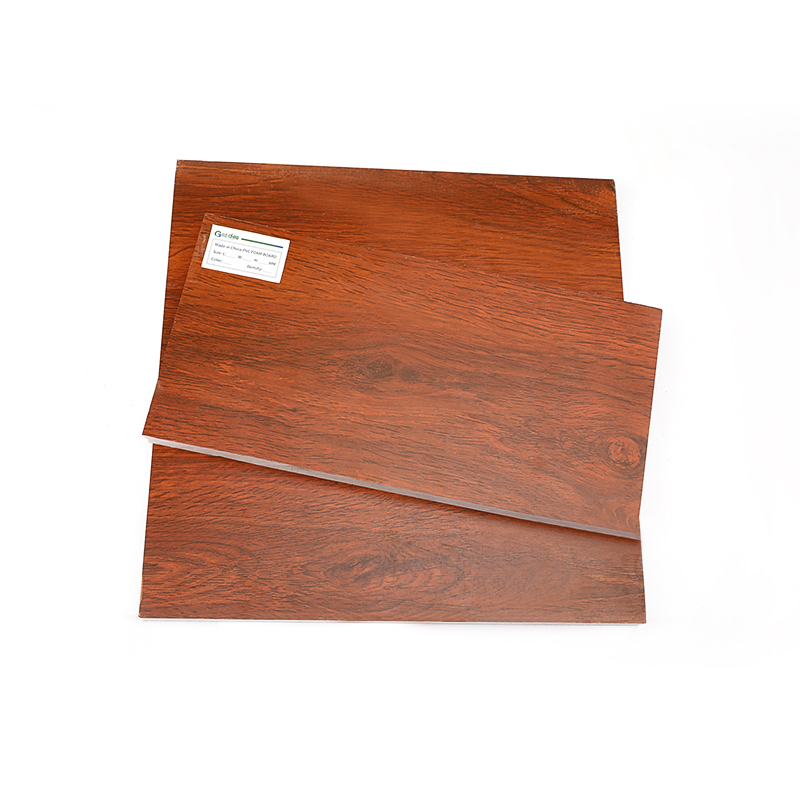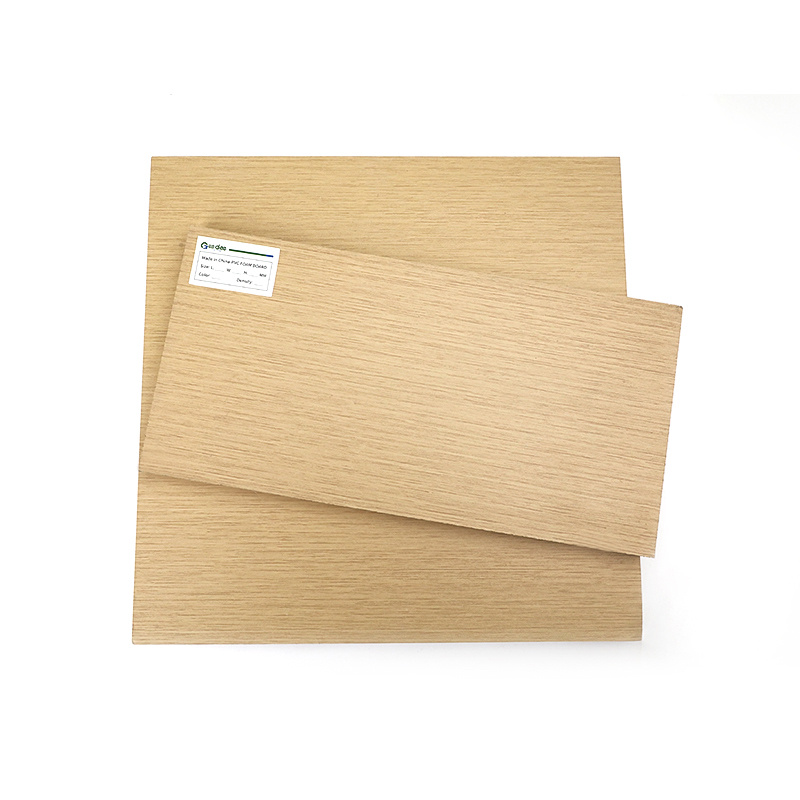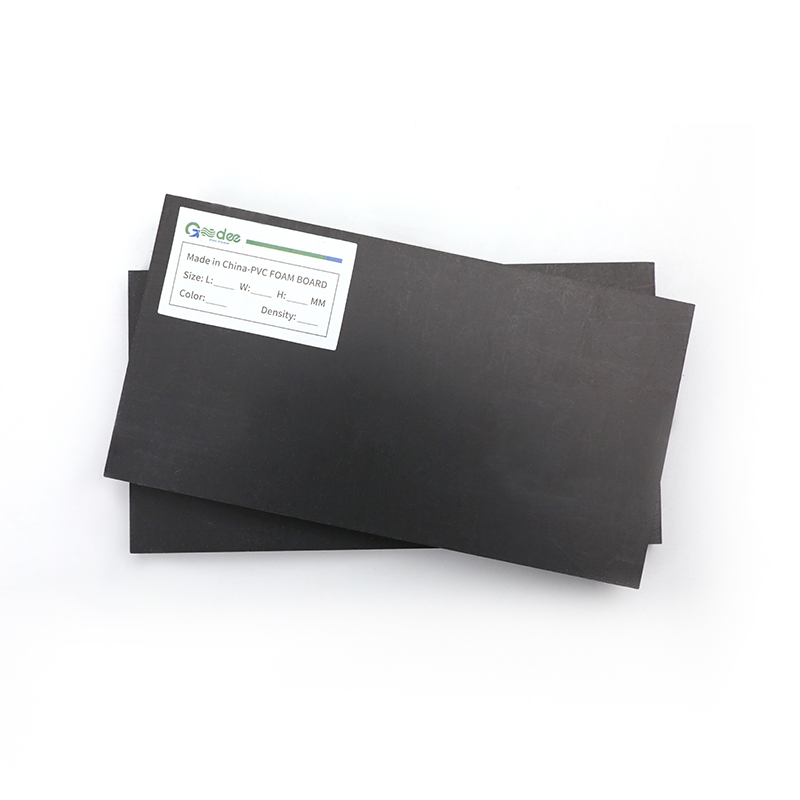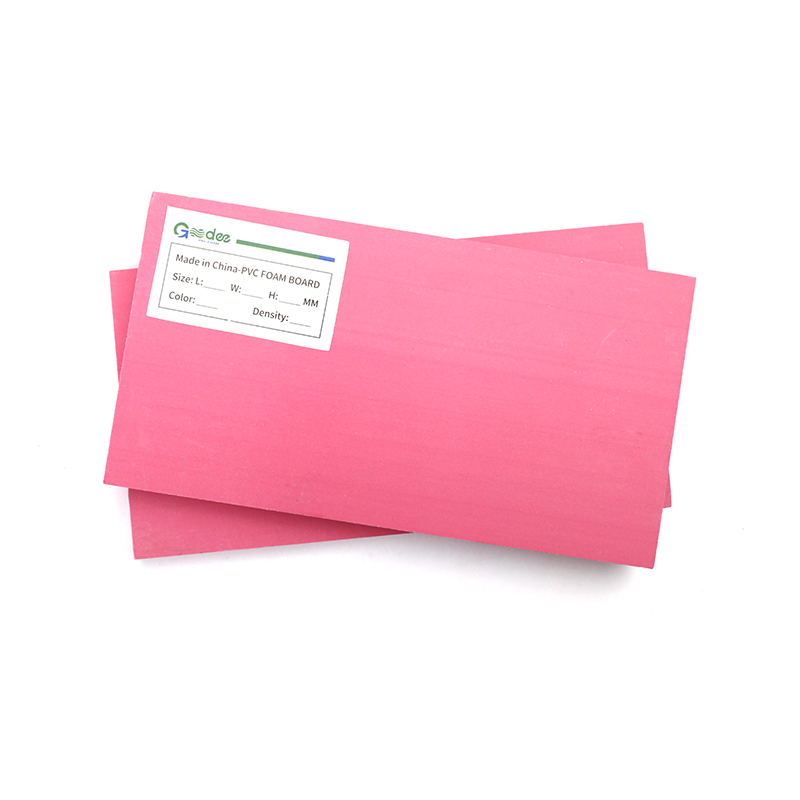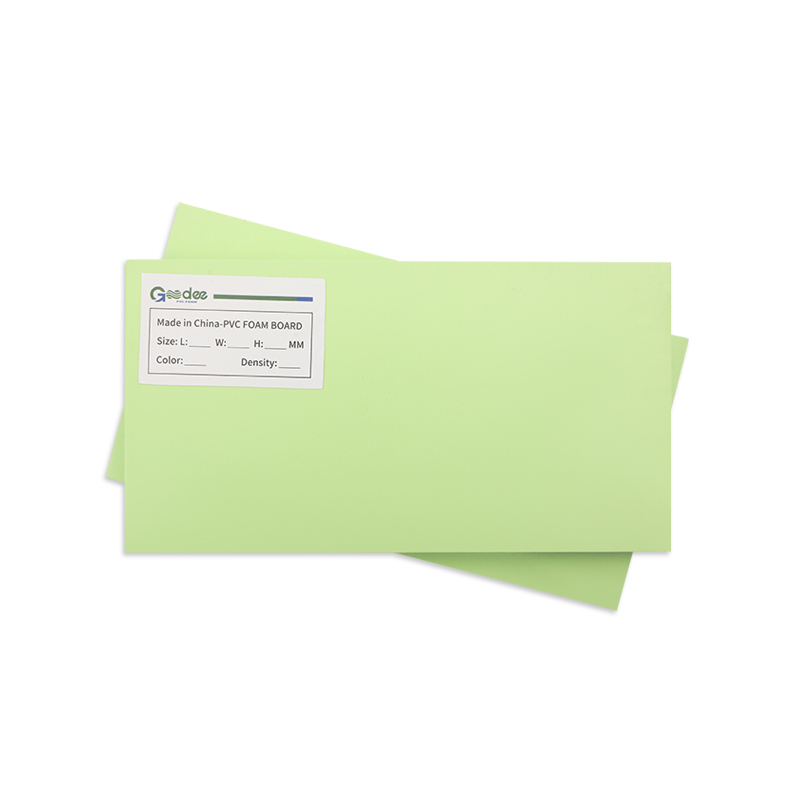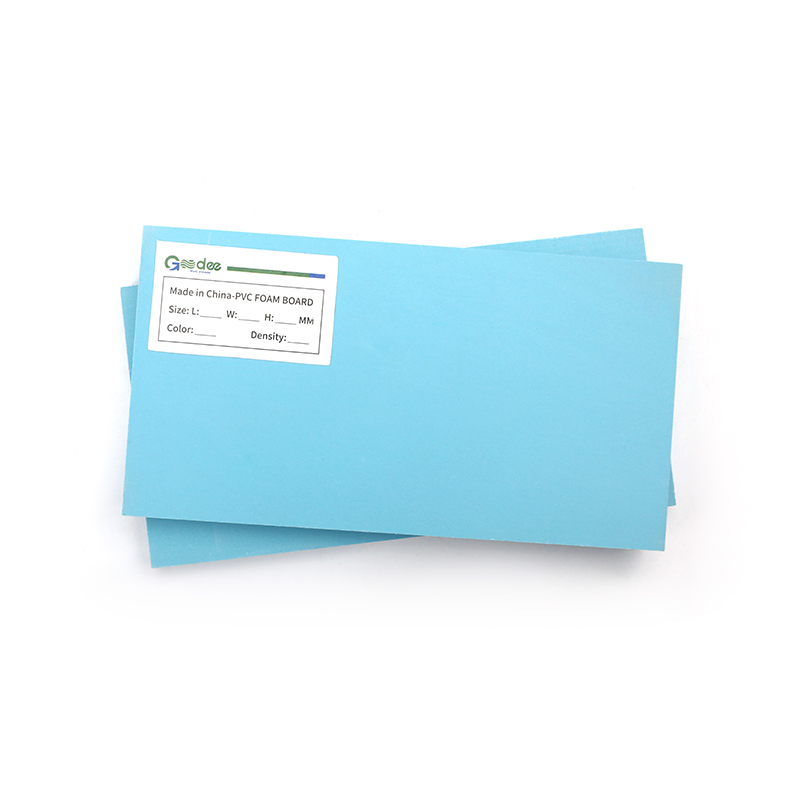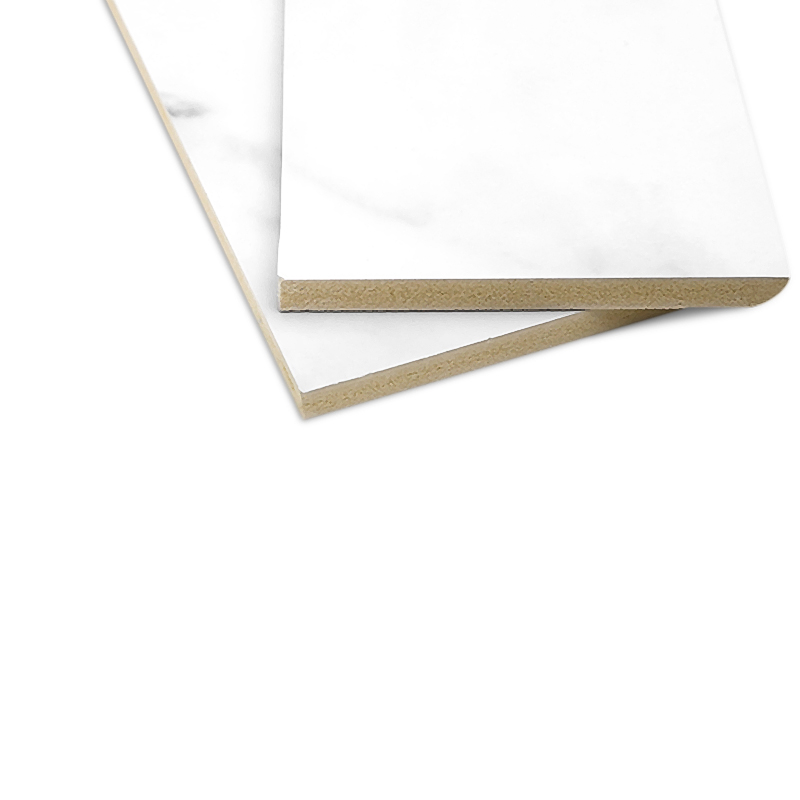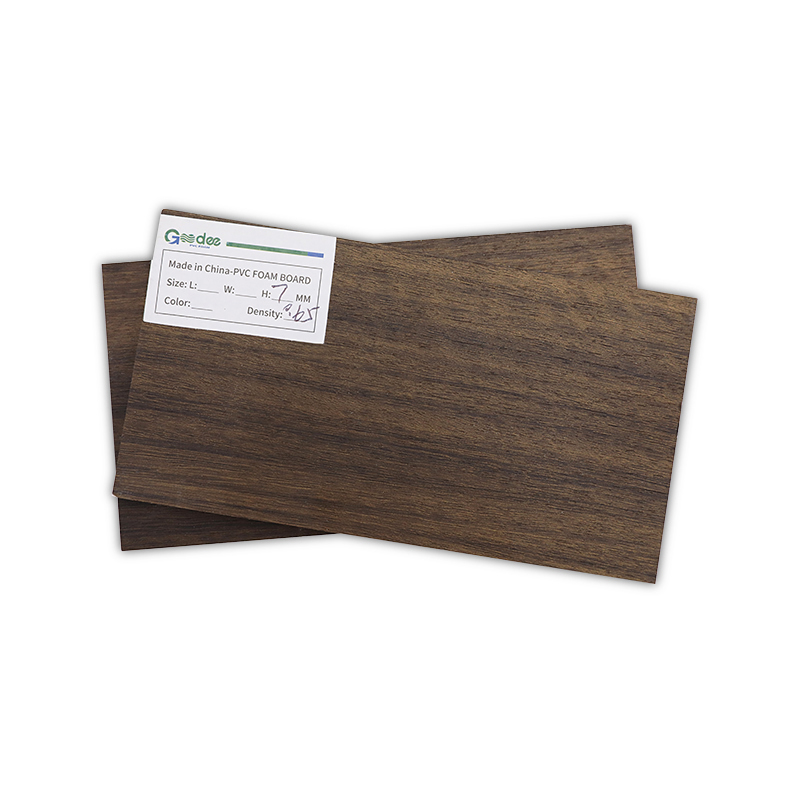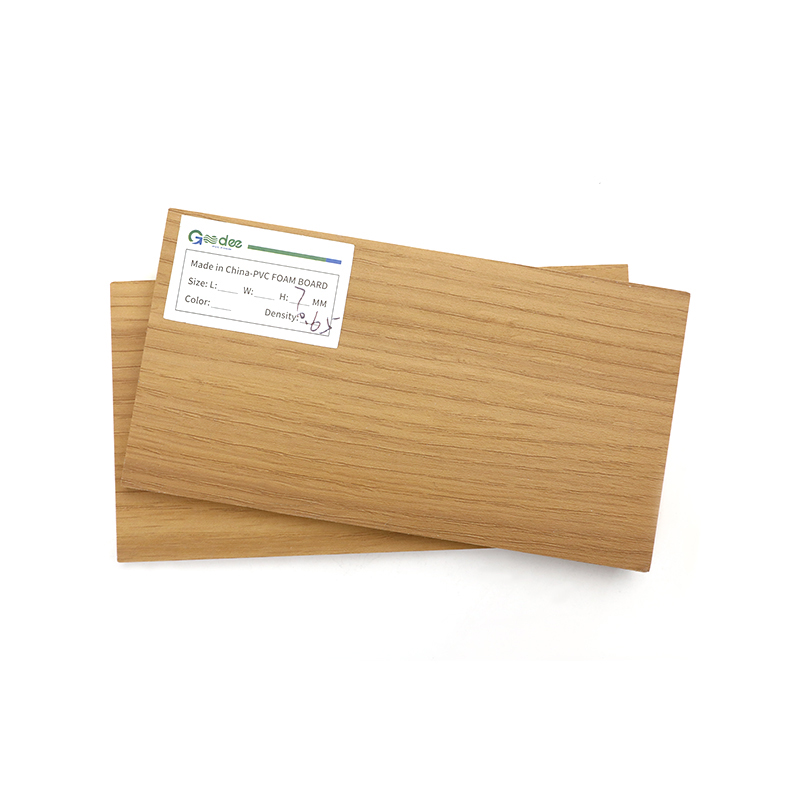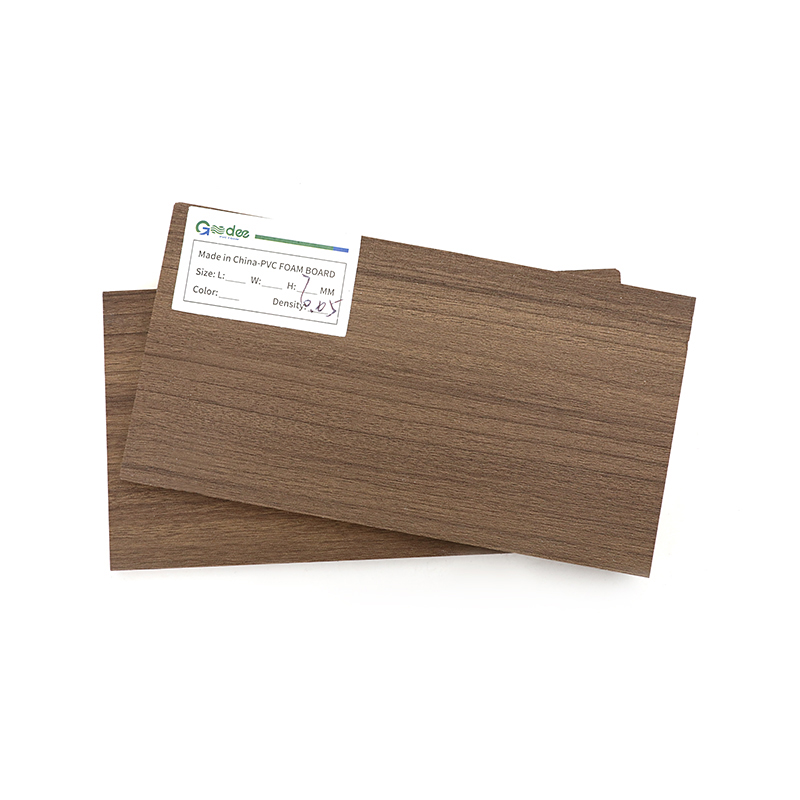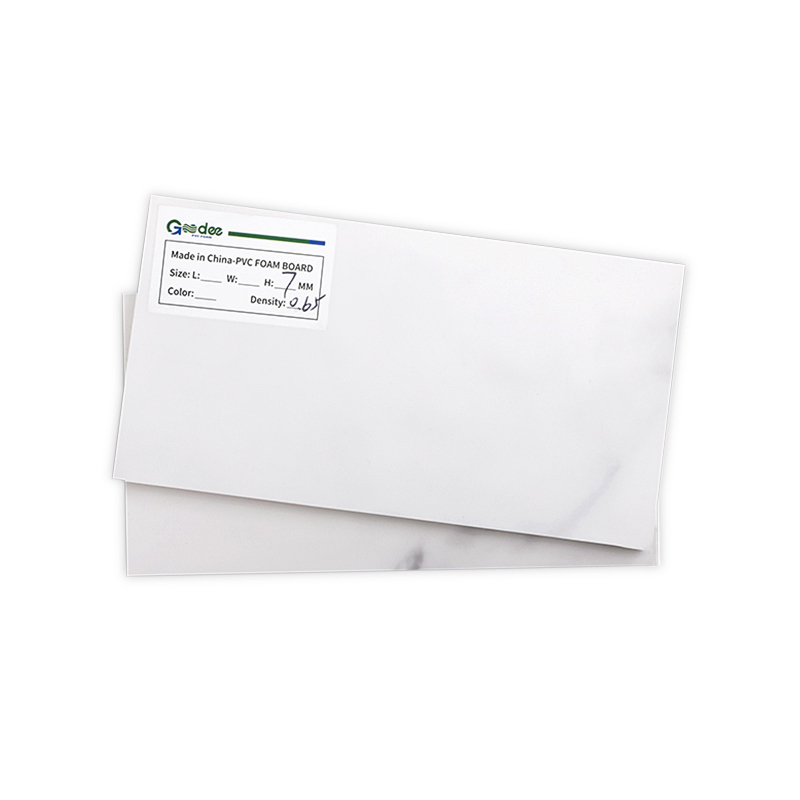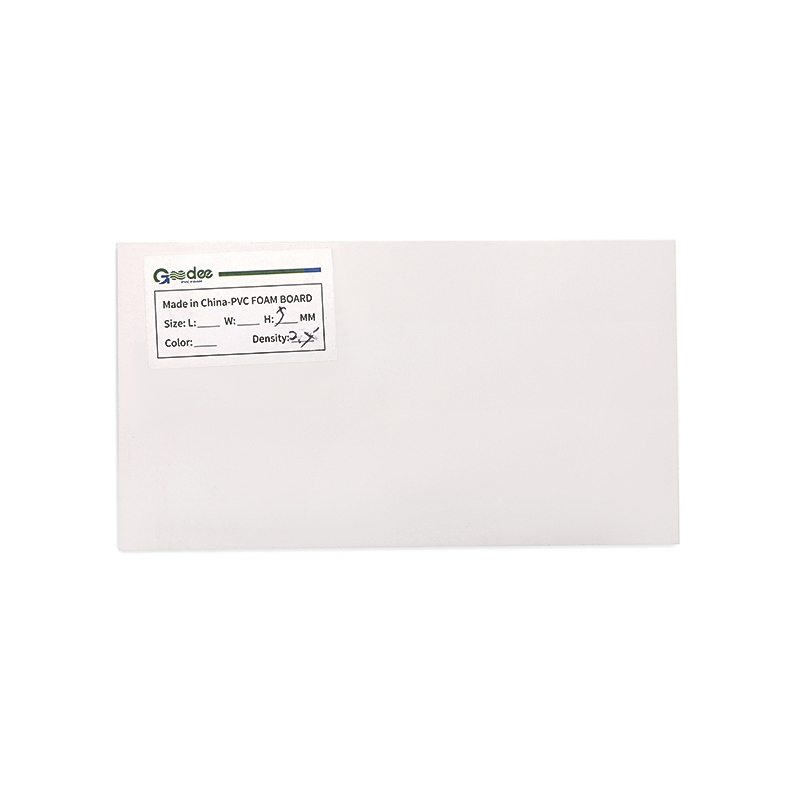There are several environmental issues while using laminated foam board.
Firstly, the manufacturing of foam board entails using numerous chemical compounds and the consumption of strength and water assets. These manufacturing procedures can have bad environmental affects, together with air and water pollution, greenhouse gas emissions, and the depletion of herbal sources.
Another giant issue is that maximum foam boards, together with laminated ones, are made from expanded polystyrene (EPS) or polyurethane foam, each of which are non-biodegradable. When disposed of in landfills, these foam board can take loads of years to break down, contributing to the growing problem of plastic waste.
Additionally, laminated foam boards often contain adhesives and coatings which could comprise harmful chemical compounds such as volatile organic compounds (VOCs). VOCs are recognized to contribute to air pollutants and can have unfavorable consequences on human fitness and the environment, especially in poorly ventilated indoor areas.
Furthermore, the lamination manner itself may also entail using solvents or other chemical substances, that can release dangerous substances into the environment if not well managed. These chemicals can contaminate air, water, and soil, posing risks to ecosystems and human health.
Proper disposal and recycling of laminated foam boards can also be difficult. Due to their composition, they cannot be without difficulty recycled in traditional recycling facilities. Therefore, they regularly come to be in landfills or incinerators, similarly contributing to waste control troubles and greenhouse gas emissions.
To decrease the environmental impact of the usage of laminated foam board, several strategies can be hired:
1. Reduce intake: Prioritize the use of alternative substances or reduce using laminated foam boards altogether, opting for more sustainable alternatives including recyclable paper-based totally boards or biodegradable alternatives.
2. Proper disposal: Ensure that laminated foam boards are disposed of successfully and do now not become in landfills. Seek out recycling packages or centers that accept foam board waste, or remember making an investment in equipment for on-web page foam compaction and recycling.
Three. Use low-VOC adhesives and coatings: Choose laminated foam boards that utilize low-VOC adhesives and coatings, reducing the discharge of dangerous chemical substances into the surroundings.
4. Explore opportunity laminating methods: Research and spend money on alternative lamination strategies that utilize environmentally friendly adhesives or strategies that don't require adhesives at all.
5. Educate and raise consciousness: Promote the importance of environmental issues inside the use of laminated foam boards amongst producers, providers, and purchasers. Encourage sustainable practices, including recycling and responsible disposal.
In conclusion, even as laminated foam boards provide various benefits in terms of insulation, light-weight construction, and versatility, it's miles vital to take into account and address the environmental implications related to their production, use, and disposal. By adopting sustainable practices and exploring opportunity substances and strategies, it is feasible to minimize the poor impacts and circulate closer to a greater environmentally friendly method on this industry.


 English
English Español
Español